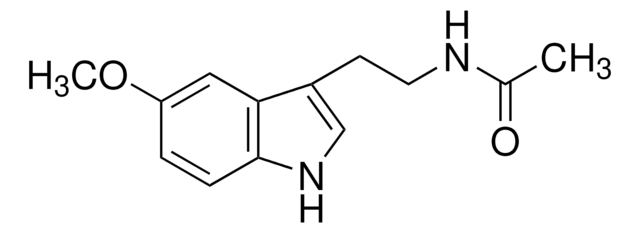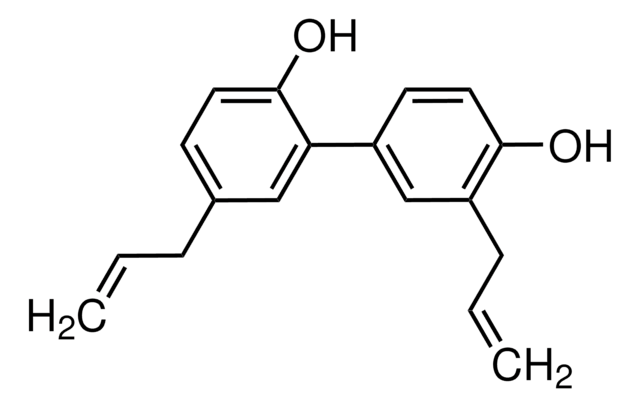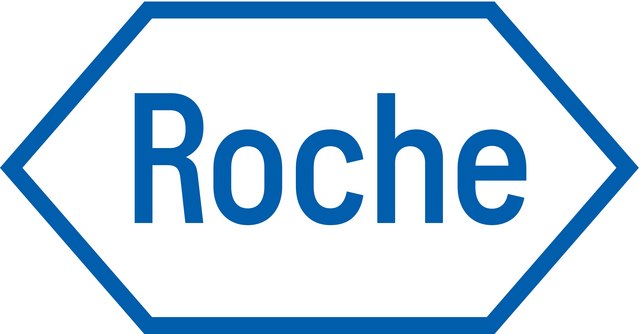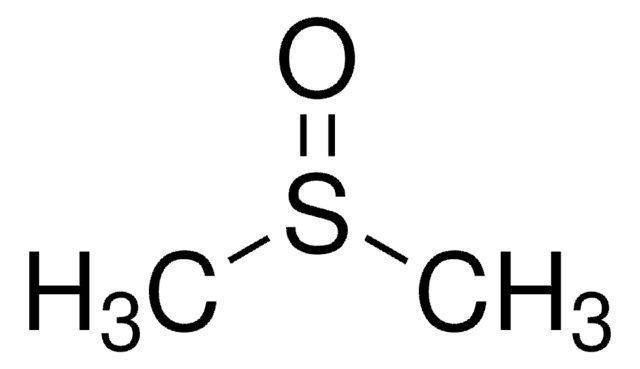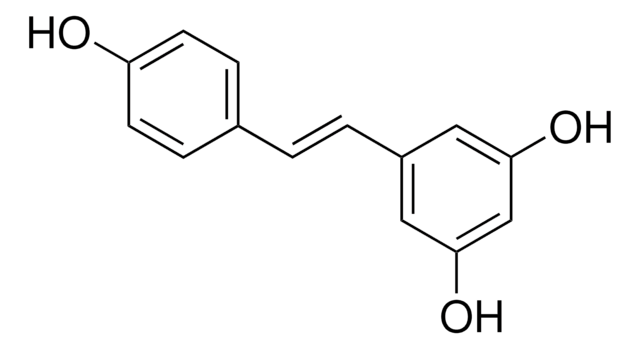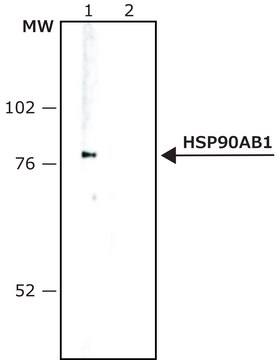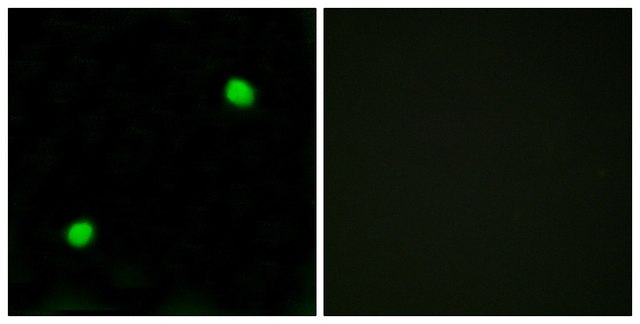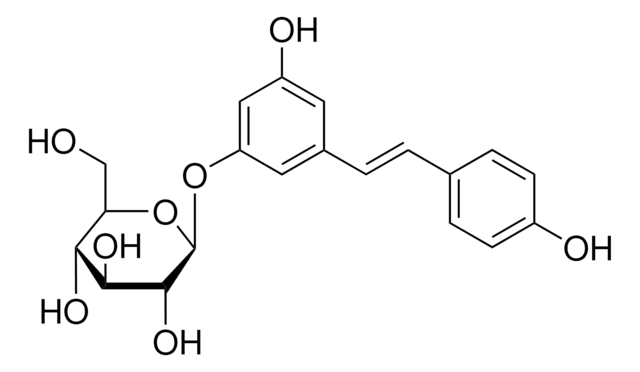SAB5600044
Anti-Histone H2AX antibody, Rabbit monoclonal
recombinant, expressed in HEK 293 cells, clone RM214, purified immunoglobulin
Synonym(s):
Anti- H2AFX, Anti-HIST5-2AX
Select a Size
₩349,972
Select a Size
About This Item
₩349,972
Recommended Products
recombinant
expressed in HEK 293 cells
Quality Level
antibody form
purified immunoglobulin
antibody product type
primary antibodies
clone
RM214, monoclonal
recombinant monoclonal
form
buffered aqueous glycerol solution
species reactivity
human
concentration
~1 mg/mL
technique(s)
ELISA: 0.2- 1 μg/mL
immunoblotting: 0.5-2 μg/mL
immunocytochemistry: 1-2 μg/mL
isotype
IgG
1 of 4
This Item | SAB5600038 | SAB5600033 | SAB4501369 |
|---|---|---|---|
| Gene Information human ... H2AX(3014) | Gene Information human ... H2AX(3014) | Gene Information human ... H2AZ1(3015) | Gene Information human ... H2AFX(3014) |
| clone RM214, monoclonal, recombinant monoclonal | clone RM224, monoclonal, recombinant monoclonal | clone RM221, monoclonal, recombinant monoclonal | clone polyclonal |
| antibody form purified immunoglobulin | antibody form purified immunoglobulin | antibody form purified immunoglobulin | antibody form affinity isolated antibody |
| species reactivity human | species reactivity human | species reactivity human | species reactivity human |
| Quality Level 100 | Quality Level 100 | Quality Level 100 | Quality Level 100 |
| technique(s) ELISA: 0.2- 1 μg/mL, immunocytochemistry: 1-2 μg/mL, immunoblotting: 0.5-2 μg/mL | technique(s) ELISA: 0.2- 1 μg/mL, immunoblotting: 0.5-2 μg/mL, immunocytochemistry: 0.5-2 μg/mL | technique(s) ELISA: 0.2- 1 μg/mL, immunoblotting: 0.5-2 μg/mL, immunocytochemistry: 1- 2 μg/mL | technique(s) ELISA: 1:20000, immunofluorescence: 1:100-1:500, western blot: 1:500-1:1000 |
Specificity
Immunogen
Features and Benefits
Physical form
Disclaimer
Not finding the right product?
Try our Product Selector Tool.
Storage Class Code
10 - Combustible liquids
WGK
WGK 2
Flash Point(F)
Not applicable
Flash Point(C)
Not applicable
Choose from one of the most recent versions:
Certificates of Analysis (COA)
Don't see the Right Version?
If you require a particular version, you can look up a specific certificate by the Lot or Batch number.
Already Own This Product?
Find documentation for the products that you have recently purchased in the Document Library.
Customers Also Viewed
Related Content
Apoptosis, or programmed cell death (PCD), is a selective process for the removal of unnecessary, infected or transformed cells in various biological systems. As it plays a role in the homeostasis of multicellular organisms, apoptosis is tightly regulated through two principal pathways by a number of regulatory and effector molecules.
n proliferating cells, the cell cycle consists of four phases. Gap 1 (G1) is the interval between mitosis and DNA replication that is characterized by cell growth. Replication of DNA occurs during the synthesis (S) phase, which is followed by a second gap phase (G2) during which growth and preparation for cell division occurs. Together, these three stages comprise the interphase phase of the cell cycle. Interphase is followed by the mitotic (M) phase.
Our team of scientists has experience in all areas of research including Life Science, Material Science, Chemical Synthesis, Chromatography, Analytical and many others.
Contact Technical Service
